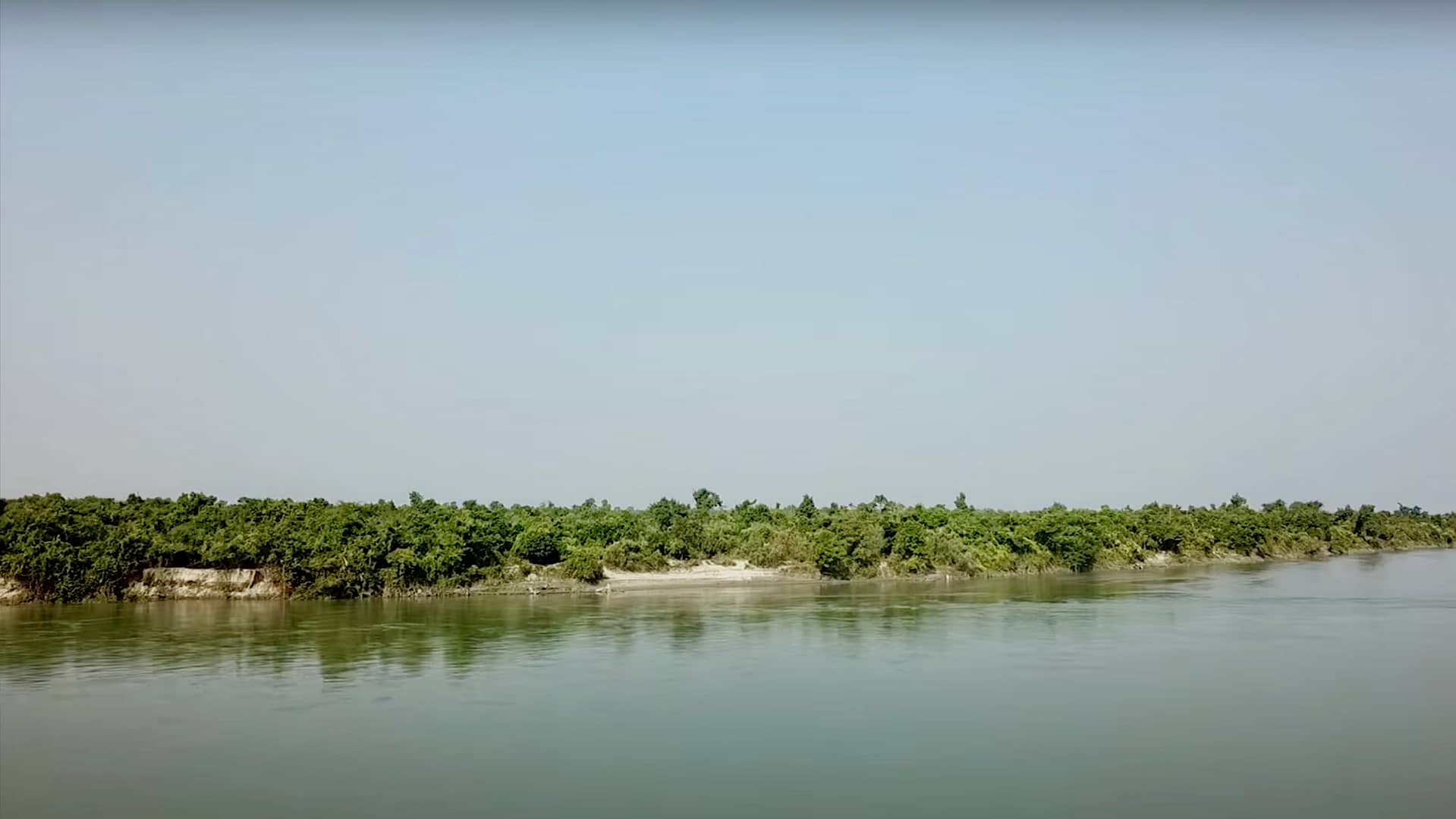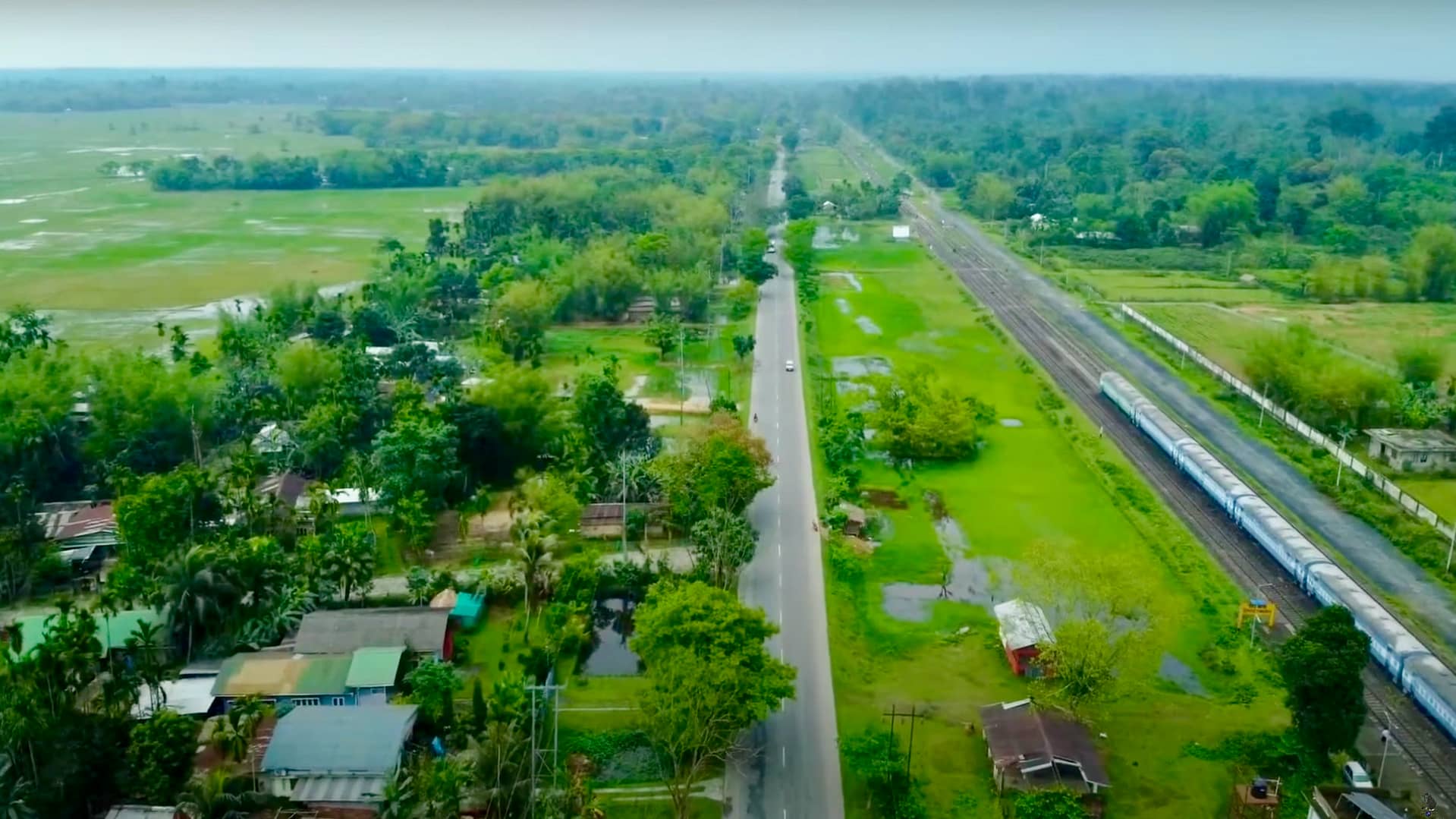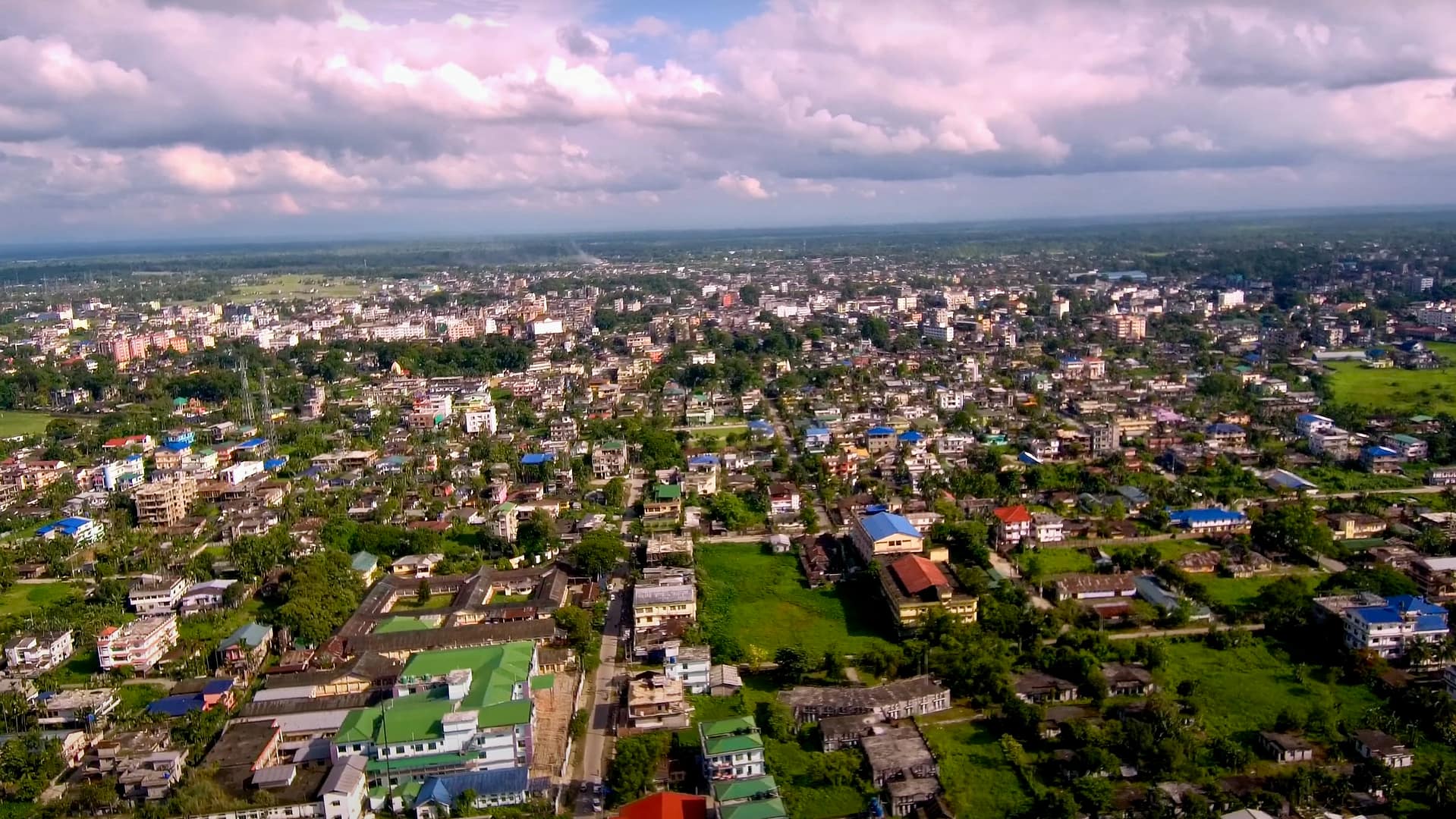Discover the Magic: Top 5 Places to Visit in Tinsukia.
Located in the northeastern state of Assam, Tinsukia is a charming destination that offers natural beauty, rich cultural heritage, and vibrant communities. The district is situated on the banks of the Brahmaputra River and boasts picturesque landscapes, including lush tea gardens, sprawling forests, and serene water bodies. Tinsukia is renowned for its contribution to the tea industry, with vast plantations that dot its landscape and offer a glimpse into the region’s economic significance and colonial legacy.
In addition to its scenic landscapes, Tinsukia is home to diverse ethnic groups, each adding to its cultural tapestry with unique traditions, languages, and cuisine. Visitors can explore the tranquil depths of Dibru-Saikhowa National Park, delve into Digboi’s oil town’s history, or savour the flavours of Assamese delicacies. Tinsukia invites travellers to embark on a journey of discovery, promising unforgettable experiences at every turn.
Dibru-Saikhowa National Park:

Dibru-Saikhowa National Park is a magnificent testament to the untouched beauty of Assam’s wilderness. It captivates visitors with its diverse ecosystems and rare species. The national park is located in the Tinsukia district, spread across the floodplains of the Brahmaputra River. It serves as a haven for nature enthusiasts and wildlife lovers alike.
The park’s landscape comprises vast grasslands, wetlands, and dense forests. This creates a habitat that supports a remarkable variety of flora and fauna. Dibru-Saikhowa is home to several endangered species, such as the Bengal tiger, Indian elephant, and Gangetic river dolphin. Additionally, it boasts over 300 species of birds, including the rare white-winged wood duck.
One of the park’s unique features is its riverine islands, formed by the Brahmaputra and its tributaries’ shifting course. These islands provide crucial nesting grounds for migratory birds and serve as sanctuaries for numerous wildlife species.
Exploring Dibru-Saikhowa offers a range of experiences, from tranquil boat rides along the river channels to exhilarating safaris through the grasslands. Birdwatchers are in for a treat, with opportunities to spot elusive species like the greater adjutant stork and the swamp francolin.
Trekking and camping expeditions are available for those seeking adventure. Visitors can immerse themselves in the park’s wilderness and witness its natural beauty up close. Camping under the starlit skies amidst the sounds of the forest is an unforgettable experience.
Apart from its wildlife, Dibru-Saikhowa is also significant ecologically. It is a vital habitat for numerous plant species and contributes to the region’s conservation efforts.
To protect its pristine ecosystem, the park authorities have implemented strict regulations to minimise human impact and promote sustainable tourism practices. Visitors are strongly encouraged to respect these rules and appreciate the park’s beauty while ensuring that they leave behind nothing but their footprints.
To sum up, Dibru-Saikhowa National Park is a sanctuary of natural wonders that offers a glimpse into the untamed beauty of Assam’s wilderness. Whether you’re marvelling at its diverse wildlife, exploring its serene landscapes, or simply basking in the tranquillity of nature, a visit to Dibru-Saikhowa will leave a lasting impression on all who venture into its embrace.
You can also visit Dehing Patkai National Park.
Digboi:

Located amidst the lush greenery of Assam, Digboi is a charming town that boasts a rich history and abundant natural beauty. Known as Asia’s oldest oil town, Digboi’s story is closely intertwined with the discovery of oil in the late 19th century, which marked the beginning of its journey as an industrial hub and a key player in India’s oil industry.
One of the most iconic landmarks in the town is the Digboi Oil Refinery, a marvel of industrial engineering that continues to operate today, producing a significant portion of India’s petroleum products. Visitors can explore the refinery’s museum, which showcases the town’s oil heritage and the evolution of the region’s petroleum industry.
Apart from its industrial significance, Digboi is also home to a wealth of colonial-era architecture, with charming bungalows and buildings that harken back to a bygone era. The War Cemetery is a poignant reminder of Digboi’s role in World War II, honouring the sacrifices of soldiers who fought in the Burma Campaign.
For golf enthusiasts, Digboi offers the opportunity to tee off amidst the scenic beauty of Digboi Golf Course, one of India’s oldest golf courses. Surrounded by towering trees and rolling greens, the course provides a tranquil escape for golfers of all skill levels.
Nature lovers can explore Digboi’s surroundings, with lush tea gardens and verdant forests offering glimpses of wildlife and panoramic views of the surrounding landscape. Trekking trails lead through dense foliage, providing an excellent opportunity for adventure and exploration.
To truly immerse in Digboi’s charm, visitors can take strolls through its bustling markets, sampling local delicacies and handicrafts. The town’s warm hospitality and laid-back atmosphere make it the perfect destination for a relaxing getaway.
In conclusion, Digboi’s blend of history, industry, and natural beauty makes it a destination like no other. Whether you’re marvelling at its industrial heritage, exploring its colonial past, or simply soaking in its serene landscapes, visiting Digboi promises an unforgettable experience for travellers seeking a glimpse into the heart of Assam.
Margherita:
Nestled amidst Assam’s rolling hills and lush greenery, Margherita is a picturesque town enthralling visitors with its scenic beauty and rich cultural heritage. This serene town is well-known for its tea estates and coal mines, which offer a fascinating blend of natural wonders and industrial history.
Margherita’s tea estates are a testament to Assam’s prominence in the global tea industry, with sprawling plantations stretching as far as the eye can see. Visitors can take guided tours of the estates, learning about the intricate process of tea cultivation and production while indulging in aromatic tea-tasting sessions.
Apart from its tea gardens, Margherita is also famous for its coal mines, which have played a significant role in the region’s economy for over a century. The Namdang Coal Mine, Asia’s oldest coal mine, offers visitors a glimpse into the town’s industrial legacy, with guided tours providing insights into the mining process and the lives of coal miners.
For nature enthusiasts, Margherita’s surroundings offer ample opportunities for exploration and adventure. Trekking trails wind through dense forests, offering glimpses of exotic flora and fauna. At the same time, serene picnic spots along the banks of the Dihing River provide the perfect setting for a leisurely day in nature.
Margherita also boasts a vibrant cultural scene, with festivals and events celebrating the town’s diverse heritage. Visitors can immerse themselves in the festivities, enjoying traditional music and dance performances and sampling delicious Assamese cuisine.
To truly experience the essence of Margherita, visitors can stay at one of the town’s charming guesthouses or homestays, where warm hospitality and authentic Assamese hospitality await.
In conclusion, Margherita is a destination that offers a perfect blend of natural beauty, cultural richness, and industrial heritage. Whether exploring its tea estates, delving into its coal mining history, or simply basking in its tranquil surroundings, a visit to Margherita promises an unforgettable experience for travellers seeking to discover the hidden gems of Assam.
Joypur Rainforest:

Enclosed within the lush landscapes of Tinsukia, the Joypur Rainforest serves as a haven for biodiversity. It enchants visitors with its pristine beauty and unspoiled wilderness. This captivating forest spans dense foliage and towering trees, offering a perfect refuge for nature enthusiasts and adventure seekers.
As visitors trek through the labyrinthine trails of the Joypur Rainforest, they are transported into a world teeming with exotic flora and fauna. The forest is abundant with giant trees adorned with lush greenery, vibrant orchids, and rare plant species, creating a breathtaking tapestry of colours and textures on the forest floor.
The Joypur Rainforest is home to diverse wildlife, including elusive species such as leopards, wild elephants, and hornbills. Birdwatchers will delight in spotting rare avian species flitting amidst the canopy, while keen-eyed observers may catch glimpses of playful primates swinging through the trees.
The rainforest offers a range of exhilarating activities for those seeking adventure, from guided jungle treks to camping expeditions under the starlit sky. The thrill of navigating through dense foliage and crossing gurgling streams is matched only by the sense of wonder and awe inspired by the forest’s natural beauty.
As night falls, the rainforest comes alive with the sounds of nocturnal creatures, creating an immersive sensory experience like no other. Camping amidst the tranquil surroundings, visitors can listen to the symphony of the forest, punctuated by the chirping of crickets and the hooting of owls.
To preserve its ecological integrity, the Joypur Rainforest is protected as a conservation area with strict regulations to minimise human impact and promote sustainable tourism practices. Visitors are encouraged to respect the forest’s delicate ecosystem and tread lightly upon its sacred grounds.
In conclusion, the Joypur Rainforest offers a glimpse into the unspoiled beauty of Tinsukia’s wilderness. It invites travellers to embark on an unforgettable journey through its enchanting depths, whether seeking adventure or solace amidst nature’s embrace. A visit to this pristine rainforest promises an experience that will linger in the hearts and minds of all who venture within its embrace.
Tilinga Mandir (Bell Temple):
Nestled amidst the serene surroundings of Bordubi near Tinsukia, the Tilinga Mandir, or Bell Temple, symbolises spiritual devotion and mystic allure. This unique temple is dedicated to the Hindu deity Lord Shiva and is famous for its extraordinary collection of bells that adorn its sacred premises. The Tilinga Mandir attracts pilgrims and visitors from far and wide, drawn by its mystical aura and the promise of divine blessings.
The temple’s name, which translates to “bell” in Assamese, aptly reflects its most striking feature – thousands of bells of all shapes and sizes, lovingly offered by devotees as tokens of their prayers and wishes. As visitors step through the temple’s gates, they are greeted by the musical chime of countless bells, creating a symphony of sound reverberating throughout the sacred space.
Each bell carries the hopes and dreams of those who have placed their faith in the divine, lending spiritual energy to the temple’s atmosphere. Devotees flock to the Tilinga Mandir to offer prayers and seek blessings for their well-being and prosperity. Many believe that ringing the temple bells invokes the attention of Lord Shiva and facilitates the fulfilment of their desires, making it a cherished ritual for pilgrims and worshippers alike.
The Tilinga Mandir is not only a spiritual site but also a cultural symbol that reflects the traditions and beliefs of the local community. The temple hosts festivals and religious ceremonies that attract large crowds who gather to celebrate their shared faith and devotion.
For those who seek serenity and peace, the Tilinga Mandir provides a calm and quiet sanctuary away from the hustle and bustle of daily life. This sacred temple is steeped in legend and filled with spiritual energy that invites all who enter to experience a deep sense of connection and reverence for the divine.
How to reach Tinsukia?
Reaching Tinsukia, a town located in the northeastern state of Assam, is relatively straightforward as there are multiple transportation options available:
1. By Air: The nearest airport to Tinsukia is Dibrugarh Airport, also known as Mohanbari Airport, which is approximately 40 kilometres away. Regular flights connect Dibrugarh Airport to cities like Kolkata, Delhi, and Guwahati. Travellers can hire taxis or use public airport transportation to Tinsukia.
2. By Train: Tinsukia Junction is well-connected by rail to major cities across India, including Guwahati, Kolkata, New Delhi, and Mumbai. Several express and superfast trains ply the route, offering passengers comfortable and convenient travel options.
3. By Road: Tinsukia is accessible via well-maintained highways and state roads. National Highway 37 connects Tinsukia to Guwahati, the capital city of Assam, and other major cities in the region. State-run buses, private coaches, and taxis ply this route, providing affordable transportation options for travellers.
4. Local Transport: Within Tinsukia, travellers can rely on auto-rickshaws, cycle-rickshaws, and taxis for regional transportation. These modes of transport are readily available and offer convenient access to various attractions and neighbourhoods within the town.
Read more: Discover Jorhat: Assam’s Cultural Gem.
In conclusion,
With its captivating blend of natural beauty, rich cultural heritage, and warm hospitality, Tinsukia beckons travellers to embark on a journey of discovery and exploration. From the pristine wilderness of Dibru-Saikhowa National Park to the historic charm of Digboi and the spiritual tranquillity of Tilinga Mandir, this enchanting destination offers something for every traveller. Whether immersing yourself in its lush landscapes, delving into its vibrant history, or simply savouring its local flavours, a visit to Tinsukia promises unforgettable experiences and cherished memories that will linger long after the journey ends.

1 thought on “Top 5 Places to Visit in Tinsukia”